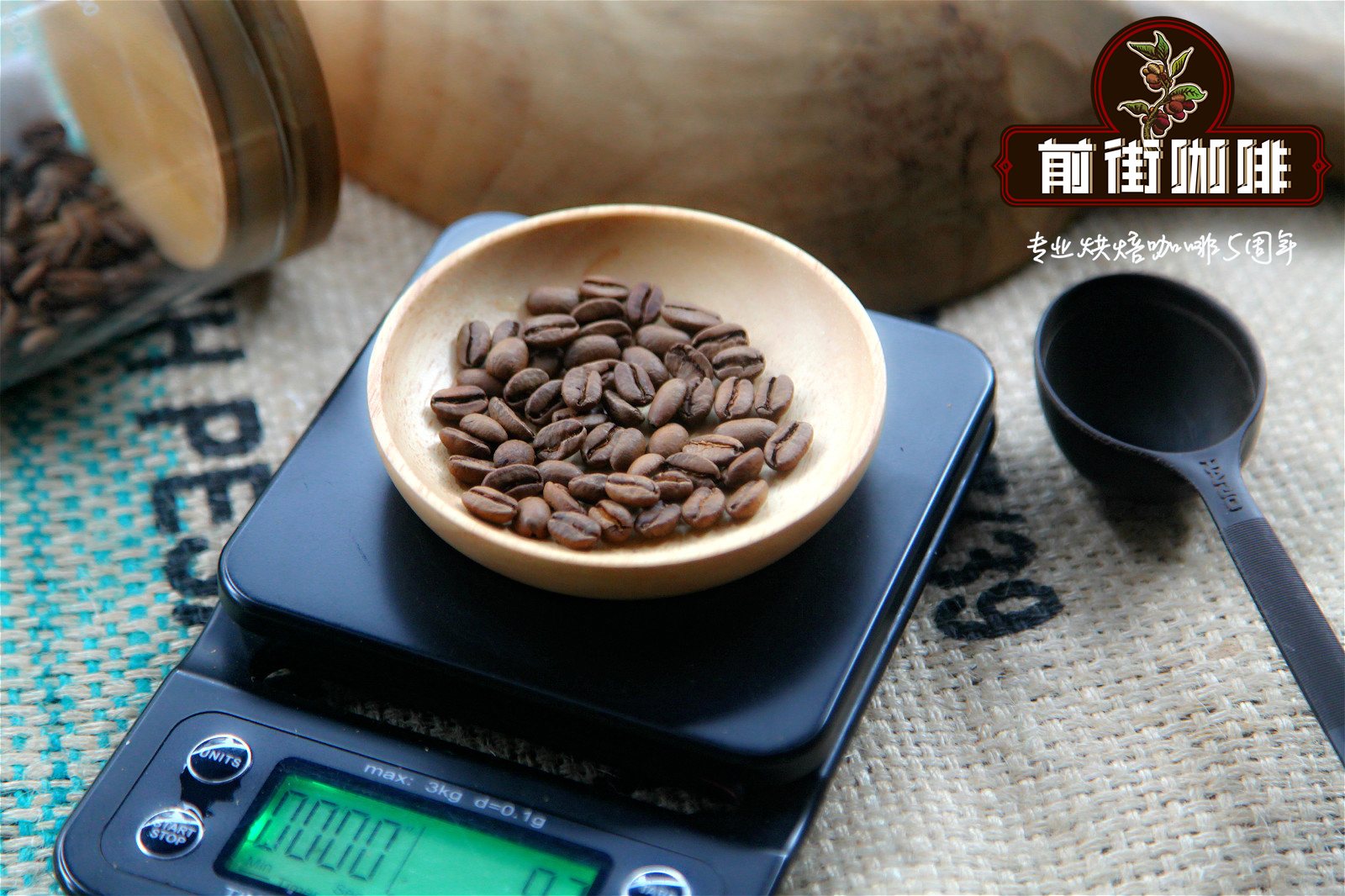Characteristics of wind-stained coffee in Malabar, India

Professional coffee knowledge exchange more coffee bean information please follow the coffee workshop (Wechat official account cafe_style)
Introduction
When it comes to Asian coffee, most people will first think of Indonesian gold Manning and Toraya, or Vietnamese coffee, Laos coffee, and recently rammed up Taiwan coffee, China Yunnan coffee, and so on. Indian coffee has a long history, and it is also the first country in Asia to grow coffee. It has always occupied a place in the coffee world, and it is also a major country in global coffee production.
In the early years, Indian coffee was transported by sea from the coast of Malaba to Europe, which often took about six months to arrive in Europe. In the long process of shipping, under the influence of sea breeze and monsoon, these coffee beans gradually changed significantly in their flavor characteristics and color, and these changes led to the birth of today's Indian-style Malaba boutique beans.
Indian wind-stained Malabar coffee is one of the most famous boutique coffee beans in the world. Wind-stained coffee beans, also known as "monsoon coffee beans" in Taiwan, are named after their English name "Monsoon". His treatment is quite complex and peculiar, mainly due to the complex and unique flavor produced by the interaction between the earth and the sea breeze. The term "wind-stained Malaba" refers to the unique coffee product of its weathered beans treated in Malaba on the west coast of India, where the coffee is transported to all parts of the world after tedious and rigorous wind-stained treatment.
Wind-stained coffee needs to be made with sun beans, and all factories dealing with wind-stained coffee face to the west to meet the salty and wet monsoon blowing from the southwest sea. The coffee beans are spread flat in the wind field, the windows are all open, and the wind stains to a certain extent, and then enter the bag, but because the beans will expand a lot in the process, the coffee beans can not be filled too full, and the coffee bags should not be piled too dense to avoid mildew and spoilage due to lack of wind. It is also necessary to pour out coffee beans and replace sacks from time to time to avoid mold, which is a very time-consuming and labor-consuming project. The weathering period is about 12 to 16 weeks, and after it is ripe, it will be fumigated to drive out the weevil, and finally the beans will be screened manually to remove the failed beans that have not turned golden. After three to four months of wind treatment, green coffee beans are twice as large in volume and reduced in weight and density.
Although the wind-stained Malabar coffee beans seem to be big and fat, they are soft beans that are strong and dry outside, a change that has taken place after months of weathering. Coffee beans have been exposed to the moist monsoon for several weeks, which not only turns the beans yellow, but also reduces the acidity of the coffee itself, and the taste is very special. In addition to serving as a single product, Indian Malabar coffee beans are also suitable for blending integrated coffee beans.
Production resume
Product name: India Monsooned Malabar AA+
Producing country: India, India
Place of origin: Malabar Malabar
Grade: Malabar AA+
Treatment: wind stains after sun exposure
Variety: Arabica
An overview of flavor
Wheat, straw, roasted nuts, walnut wood, Nanyang spices, black molasses, greasy and sticky
Important Notice :
前街咖啡 FrontStreet Coffee has moved to new addredd:
FrontStreet Coffee Address: 315,Donghua East Road,GuangZhou
Tel:020 38364473
- Prev

Flavor characteristics of washed Panamanian Coffee in Paso Anqiu, Carmen Manor, Panama
Professional coffee knowledge exchange more coffee bean information please follow the coffee workshop (Wechat official account cafe_style) Panama Carmen Manor Paso Anqiu washing area: Volcan Baru (west slope), Paso Anqiu Valley varieties: Kaddura, Tibica production: Carmen Manor altitude: about 17002000 meters treatment method: washing treatment Grade: SHB soil:
- Next

How should Yunnan small grain coffee be brewed in Yunnan coffee growing area? Flavor characteristics of Coffee in Yunnan
For more information on coffee beans, please follow the coffee workshop (official Wechat account cafe_style). It is supposed to be a country with the scent of tea, but the aroma of coffee has sprung up. After passing the thick tea trees, you can see clumps of red fruit trees. Yunnan is the largest coffee producing area in China, distributed in Simao, Banna, Wenshan, Baoshan and de in the south and southwest of Yunnan Province.
Related
- Detailed explanation of Jadeite planting Land in Panamanian Jadeite Manor introduction to the grading system of Jadeite competitive bidding, Red bid, Green bid and Rose Summer
- Story of Coffee planting in Brenka region of Costa Rica Stonehenge Manor anaerobic heavy honey treatment of flavor mouth
- What's on the barrel of Blue Mountain Coffee beans?
- Can American coffee also pull flowers? How to use hot American style to pull out a good-looking pattern?
- Can you make a cold extract with coffee beans? What is the right proportion for cold-extracted coffee formula?
- Indonesian PWN Gold Mandrine Coffee Origin Features Flavor How to Chong? Mandolin coffee is American.
- A brief introduction to the flavor characteristics of Brazilian yellow bourbon coffee beans
- What is the effect of different water quality on the flavor of cold-extracted coffee? What kind of water is best for brewing coffee?
- Why do you think of Rose Summer whenever you mention Panamanian coffee?
- Introduction to the characteristics of authentic blue mountain coffee bean producing areas? What is the CIB Coffee Authority in Jamaica?

